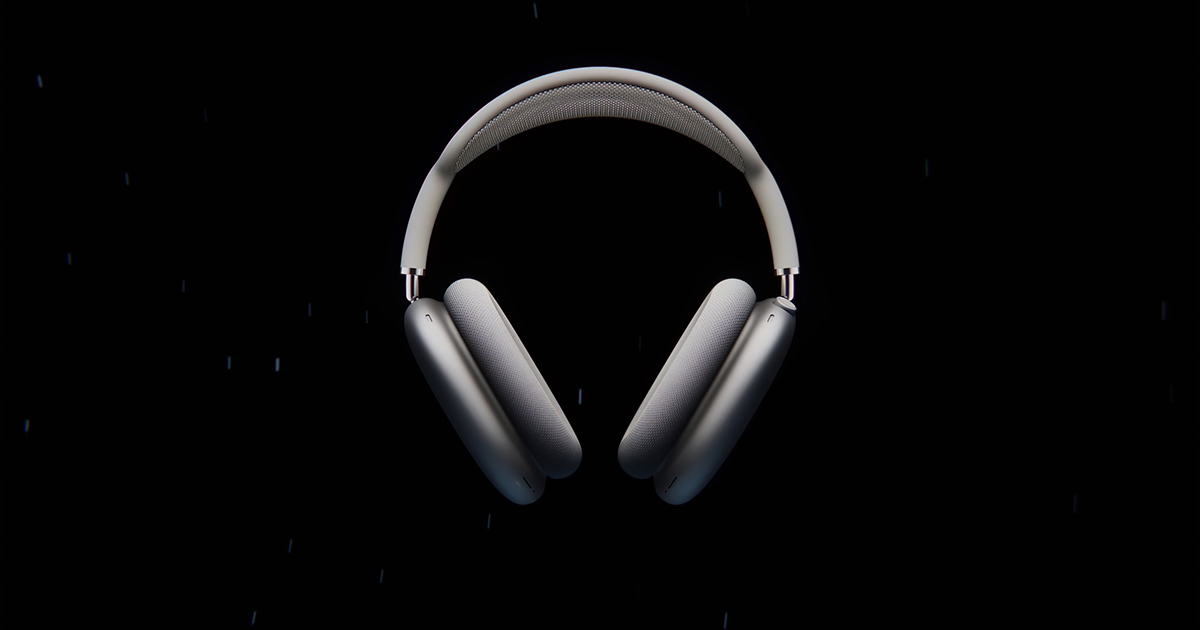People are sleeping on Apple Spatial Audio.
The mistake is thinking that audio channel technology such as 5.1, 7.1 surround sound can be separated from the audio delivery hardware technology.
Olivia Tambini has a recent piece focused on audio technology products including Sony 360 Reality Audio and Dolby Atmos.
As Olivia mentions, a company like Sony is going to have to not only sell hardware that plays Reality Audio, the company will have to convince media producers to use the branded format and then distributors to offer support for it in their apps.
That plan seems unlikely to succeed. The better bet would be to try and be the premier partner of Samsung Android phones, which is a pretty weak play compared to the audience they’ll give up on iOS.
Speaking of iOS and Apple, Spatial Audio has to be delivered using CMHeadphoneMotionManager. And you’ll need Airpods Pro or Airpods Max and an iPhone or iPad running iOS 14+ to hear it.
Some of my most tech forward pals have yet to even experience Apple Spatial Audio even though they have the equipment needed to play it back. So, early days still.
Interestingly, Final Cut Pro X has literally no mention of Spatial Audio in its help documents. It is as though the technology doesn’t exist. I found an example of filmmaker Gary Yost, a serious OG of 3D everything who managed to map spatial audio into Final Cut Pro back in 2018. I love this quote in that blog entry:
“Audio is as important as video, people!”
Gary Yost
3D OG
Big film and game productions are already mixing audio for the tech though. Sound Particles seems to be the premier software solution, advertising some huge films that have used their tool to mix (program?) spherical audio.
Yet while there seems to be plenty of traditional media ready for this, traditional films can’t possibly offer the immersion expected from spatial audio because the viewer is never in the scene. We’re observers of scenes from constantly shifting vantage points.
In that way, Apple’s head tracking technology, which is undoubtedly part of a future AR platform almost points away from the way media was, or rather is:
There’s a recent interview with Joel Douek discussing “Spatial Audio and Immersive Content” on the 2nd Level Podcast. Notably, the podcast plays back in the same way as all others.
It isn’t that the production of audio that is not mixed for spatiality is wrong. Nor is it wrong to be lacking a device capable of playing back spatial audio with head tracking.
But I suspect we’ll see audio production from today the way we see 480i SD video or that square stuff of 80s and 90s TV.
Given there is a huge amount of amazing audio, I wonder what remasterings for spatial audio will look like. They can change the art dramatically.
David Simon’s blog entry on HBO’s “remastering” of The Wire speaks some to how important it is that content creators retain creative control over their work.
Can the remaining Beatles remaster Sgt. Peppers Lonely Hearts Club Band for spherical, 3d audio? Would Lennon have put himself on the left side? Does the French horn quartet over the bridge play in a group over to the right or are they surprisingly up on a balcony behind us?
Who has the authority to make decisions about how Purple Rain’s intro should be mapped into a 3d space? And how mad would Prince have been that anyone was even considering doing such a thing.
Edit: My brother Ryan pointed out that Sgt. Peppers has already been remixed for 3D audio, in part through the Cirque du Soleil “Love” production.
A trivial amount of searching reveals that the 50th anniversary editions of Sgt. Peppers and Abbey Road include 5.1 audio. The official page suggests that Dolby Atmos mixes were created by Giles Martin and Max Okell:
The anxiety from fans was perhaps that Martin could have gotten trigger-happy and experimented a little too much with the mix. There is a great balance struck on this master, with plenty of subtlety in the use of the Dolby Atmos 5.1 mix.
Giles Martin even spoke of some of the adjustments he had to make to stay relatively true to the original recordings; “Now, modern-day recordings, they have all drums in the center, because they sound stronger. And actually we did that with “Come Together,” and then we realized it that it didn’t sound as good. The drums need to be slightly to one side — they need to be slightly off-kilter, if you like — in order to make it sound cool.”
Abbey Road – 50th Anniversary 5.1 Mix – Giles Martin, By Ben Jacklin
